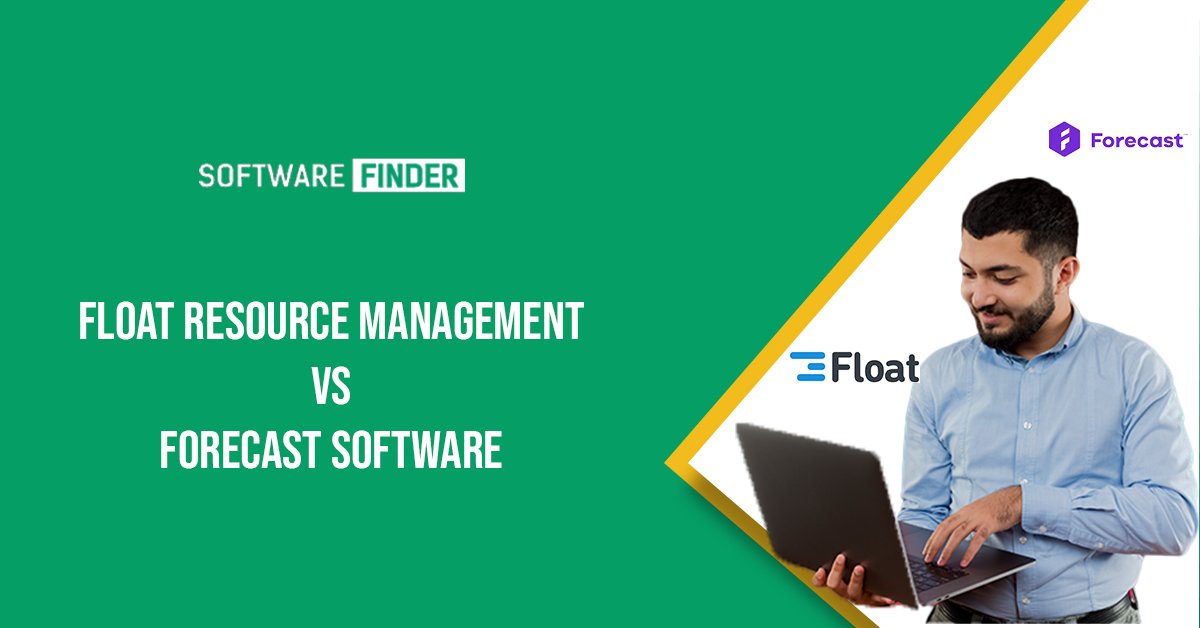Float Resource Management vs Forecast Software

If you’re managing a team of professionals, you know how important it is to have the right tools to help you plan and manage your time and resources. Two of the most popular tools for resource management are Float and Forecast. While both are designed to help you keep track of your team’s workload and availability, they have some important differences that may make one a better fit for your business than the other. In this article, we’ll take a closer look at Float Resource Management and Forecast and compare their features, benefits, and limitations.
Understanding Resource Management
Before we dive into the differences between Float and Forecast, it’s important to understand what resource management is and why it matters. At its core, resource management is the process of allocating and scheduling resources (people, equipment, time, and money) to ensure that projects are completed on time, within budget, and to the expected quality. Effective resource management can help you:
- Improve project planning and forecasting
- Optimize resource utilization and productivity
- Reduce risks and costs
- Improve customer satisfaction and retention
To achieve these benefits, you need a reliable resource management tool that can help you track and manage your team’s workload, availability, and skills. That’s where Float and Forecast come into play.
Introducing Float Resource Management
Float is a cloud-based resource management software that enables you to create, edit, and share schedules for your team. With Float, you can:
- Plan and assign tasks to team members
- Set deadlines and priorities
- Track team availability and time off
- Monitor project progress and budget
- Generate reports and forecasts
Float’s user-friendly interface and powerful features make it a popular choice for small to medium-sized businesses that want to streamline their resource management process and increase their efficiency. Float also integrates with popular project management tools like Trello, Asana, and Basecamp, allowing you to sync your schedules with your other workflows.
Introducing Forecast Software
Forecast software is another cloud-based resource management software that is designed to help you plan, track, and manage your team’s workload and availability. Unlike Float, Forecast is more focused on project management and resource planning than on scheduling. With Forecast, you can:
- Plan and track project budgets and timelines
- Allocate resources to projects based on availability and skills
- Identify and resolve resource conflicts
- Generate reports and forecasts
Forecast’s powerful resource planning and budgeting features make it a great choice for larger businesses and enterprise teams that need to manage complex projects and resources. Forecast also integrates with popular project management tools like Jira, GitHub, and Zapier, allowing you to sync your resources and budgets with your other workflows.
Comparing Float and Forecast
Now that you have a basic understanding of what Float and Forecast can do, let’s take a closer look at their key differences.
Features and Benefits
Float’s main features and benefits include:
- Simple and intuitive scheduling interface
- Real-time team availability tracking
- Advanced reporting and forecasting
- Integration with popular project management tools
- Mobile app for on-the-go access
Forecast’s main features and benefits include:
- Advanced resource planning and budgeting tools
- Automatic conflict resolution and resource allocation
- Customizable project workflows and milestones
- Integration with popular project management tools
- Mobile app for on-the-go access
Limitations
Float’s limitations include:
- Limited project management and budgeting tools
- Limited customization options
- No automatic resource allocation or conflict resolution
Forecast’s limitations include:
- Steep learning curve for new users
- Limited scheduling and time-tracking features
- Higher pricing plans for advanced features
Pricing
Float’s pricing starts at $5 per user per month for basic scheduling features and goes up to $10 per user per month for more advanced reporting and forecasting features.
Forecast’s pricing starts at $29 per user per month for basic resource planning and budgeting features and goes up to $49 per user per month for more advanced features like custom workflows and milestones.
Which One is Better for Your Business?
The answer to this question depends on your specific needs and priorities. If you are looking for a simple and easy-to-use tool that focuses on scheduling and team availability, Float might be the right choice for you. Float’s user-friendly interface, real-time tracking, and integration with popular project management tools make it a great option for small to medium-sized businesses that need to manage their team’s time and resources efficiently.
On the other hand, if you need a more powerful resource planning and budgeting tool that can handle complex projects and workflows, Forecast might be the better fit. Forecast’s advanced features like automatic conflict resolution, customizable workflows, and budget tracking make it a popular choice for larger businesses and enterprise teams that need to manage multiple projects and resources simultaneously.
Conclusion
In conclusion, both Float and Forecast are great resource management tools that can help you streamline your team’s workload, availability, and skills. However, the choice between them depends on your specific needs and priorities. If you prioritize scheduling and team availability, Float is the better option. If you prioritize resource planning and budgeting, Forecast is the better option. By carefully considering your needs and weighing the pros and cons of each tool, you can make an informed decision that will help you manage your team’s resources more efficiently.
FAQs
- Can I use both Float and Forecast at the same time?
- Yes, you can use both tools simultaneously if you need to manage different aspects of your team’s resources.
- Are there any other resource management tools worth considering?
- Yes, there are several other resource management tools like Asana, Trello, and Wrike that offer similar features and benefits.
- Can I customize my resource management workflows with Float and Forecast?
- Yes, both tools offer some level of customization and flexibility in creating and managing your workflows.
- Do I need any special training to use Float and Forecast?
- While both tools have a user-friendly interface, Forecast may require more training and experience to use its more advanced features effectively.
- Can I try Float and Forecast for free before committing to a paid plan?
- Yes, both tools offer a free trial period that lets you test their features and benefits before making a purchase decision.



